This movie shows a Geminid meteor. This meteor was seen in December 2002.
Image courtesy George Varros.
Geminid Meteor Shower
Meteor showers are times when you can see a lot of meteors in one night. There are several different meteor showers. Each meteor shower happens at the same time every year. There is a meteor shower in December every year. That one is called the Geminid meteor shower.
The best night to see Geminid meteors is usually December 14th. That night is called the "peak" of the meteor shower. You can usually see meteors from this shower for a few days before and after the peak night. If you are lucky, you might see more than 100 meteors in an hour on the peak night!
During a meteor shower, it looks like all of the meteors shoot outward from one place in the sky. That place is called the "radiant" of the meteor shower. Each shower has a different radiant. The radiant for the Geminid shower is in the constellation Gemini. That is why this shower is called the Geminid meteor shower.
Can you guess where meteors come from? Most meteors in meteor showers are actually dust from a comet! When a comet gets near the Sun and heats up, its ices melt and dust trapped in the ice escapes into space. The dust spreads out over the comet's orbit. When Earth crosses the comet's orbit, we run into the dust - and see a meteor shower!
The Geminids are a strange meteor shower. The meteors in the Geminids come from an object called 3200 Phaethon. Astronomers aren't sure whether 3200 Phaethon is a comet or an asteroid.
You might also be interested in:
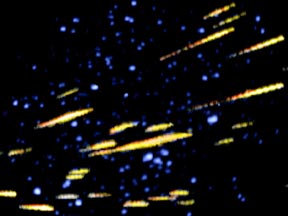
A meteor shower is an astronomical event during which many meteors can be seen in a short period of time. Most meteor showers have a peak activity period that lasts between several hours and a couple of
...more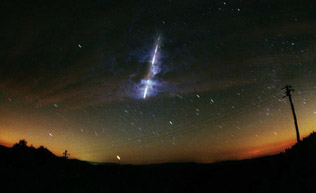
Meteors are streaks of light, usually lasting just a few seconds, which people occasionally see in the night sky. They are sometimes called "shooting stars" or "falling stars", though they are not stars
...more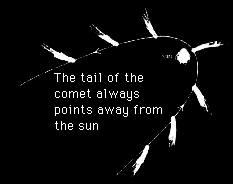
When comets are kicked out of the Oort Cloud, they begin a passage into the solar system, spinning and tumbling as they come. As the comet comes closer to the sun, near the region of space occupied by
...more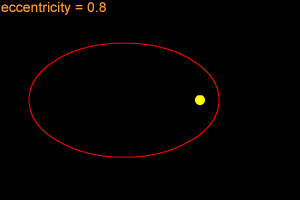
Do you think Earth moves around the Sun in a circle? That is almost true, but not quite. The shape of Earth's orbit isn't quite a perfect circle. It is more like a "stretched out" circle or an
...more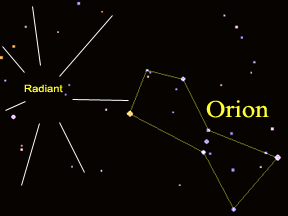
Meteor showers are times when you can see a lot of meteors in one night. There are several different meteor showers. Each meteor shower happens at the same time every year. There is a meteor shower in
...more
The Leonid meteor shower is one of several major meteor showers that occur on roughly the same date each year. The Leonids typically "peak" (are at their greatest level of activity) in mid to late November.
...more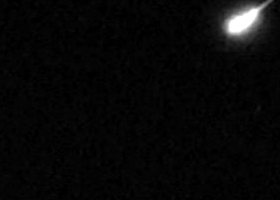
Meteor showers are times when you can see a lot of meteors in one night. There are several different meteor showers. Each meteor shower happens at the same time every year. There is a meteor shower in
...more













